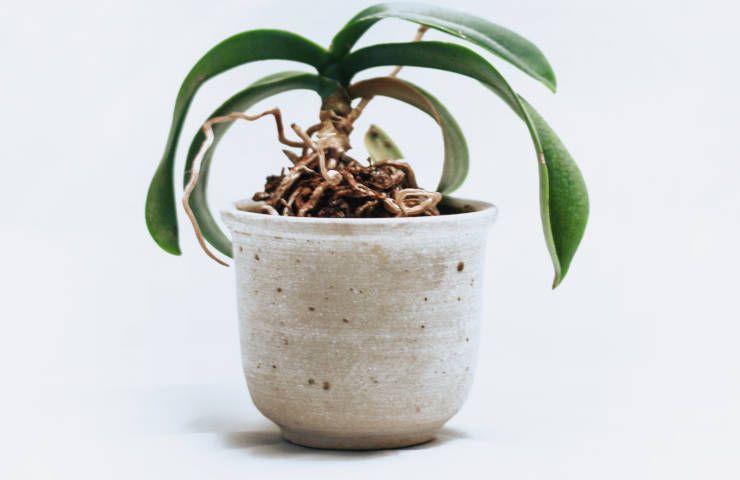
One of the most common flowering plants in our homes and public places is certainly the orchid and in particular Phalaenopsis orchids . This category includes over 70 species , native to tropical Asia and subtropical Australia. They can be recognized above all by the appearance of the flowers, similar to butterflies. And it is precisely this similarity that is indicated by the name: phalaenopsis is in fact an ancient Greek term which literally means “moth-like in appearance”. The flowers of these orchids, in fact, constitute real spectacles of nature to be admired: they present colors of the most varied shades, streaks which in some cases make them almost “carnal” and give usprolonged blooms .
How to care for the orchid: you just need to know a few simple secrets

Taking care of an orchid can be as simple as it is a trying experience: simple if you know the right tricks to keep the plant healthy; but testing if you don’t know its characteristics well. Let’s give an example: at a certain point in its life cycle, it will be completely normal for the orchid to lose its flowers and later we may see the branches dry up . This could alarm us, yet these processes are completely natural and do not indicate that the plant is about to die or is now dead.
Well, the care of the orchid mainly involves watering and choosing the right position in which to keep it : the plant needs a lot of light (placing it behind a glass window can be optimal) and little water , in order to avoid rotting. radical. To understand how much water the plant needs, however, we can observe it carefully: in the case of dehydration , there are 4 clues , here they are.
Orchid Dehydration: Watch These 4 Clues
The leaves of the healthy orchid appear turgid but if they were to appear limp and wrinkled then we would know what the problem is and how to solve it: we must water, paying attention to letting the water drain. Another symptom of dehydration lies in the color of the leaves: the ideal condition is a bright green which, however, could turn yellowish in case of lack of water. In this regard, however, it is good to specify that the yellowing of the leaves can indicate various problems: if the color tends towards yellow-brown then we can talk about a lack of water.
The roots of the orchid can be another alarm bell: a healthy plant has roots that are firm to the touch and fleshy, green or silvery-white in color. If they appear shriveled , however, there could be a lack of water. So let’s try repotting and watering more consistently. Finally, pay attention to flowering : it is known that this lasts a long time on the orchid, so much so that the premature loss of flowers could be a symptom of some deficiency, for example in watering.
In general, by carefully observing our orchid, its evolution and its changes, we will be able to understand how to solve small problems that may occur.